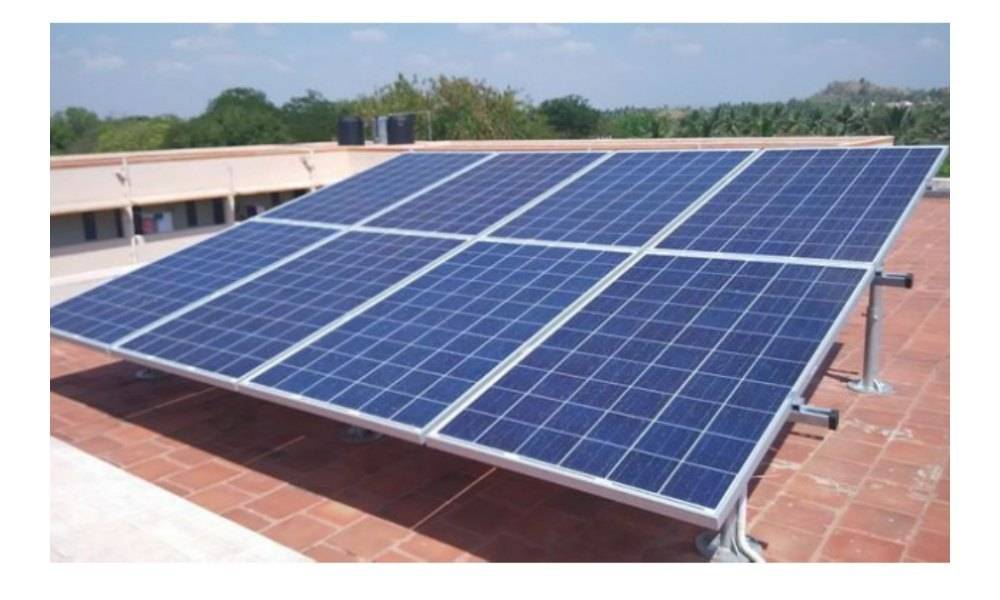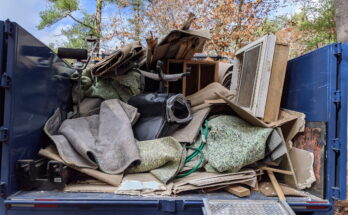The solar panel is expertly crafted with high-quality solar cells, durable glass, reliable EVA, a sturdy back sheet, and a sleek frame. Research the materials and methods used to create solar panels.Solar panels are a complex piece of equipment that should only be installed by a trained engineer. Know more about solar panels Dublin
Crystalline Solar Module Production
Solar panels come in three varieties:
- monocrystalline panels
- polycrystalline panels
- thin film PV
Crystalline solar panel production involves these procedures:
Step 1: sand
Our process begins with the raw material which is sand. The primary material used in the production of solar panels is silicon. Silicon is a highly abundant element, ranking as the second most plentiful element on Earth.The process of converting sand into high-grade silicon is quite expensive and requires a significant amount of energy.
Step 2: Ingots
Silicon is typically gathered in the structure of solid rocks. Plenty of rocks are melted at extremely high temperatures to create cylindrical ingots.During the melting process, it is important to ensure that all atoms remain precisely in their intended shape and orientation. Boron is incorporated into the method to impart positive electrical polarity to the silicone.
Monocrystalline cells are produced using a single silicon crystal. Monocrystalline silicon is more efficient in turning solar energy into electricity, which is why the cost of monocrystalline panels is much higher.
Polysilicon cells are produced through the process of melting multiple silicon crystals together. Once the ingot has cooled, it undergoes grinding and polishing procedures to achieve flat sides.
Step 3. Wafers
The next step is Manufacturing wafers.
Silicon ingots are cut into wafers and Wire saws cut precisely the wafer in paper-thin. Pure silicon shines and reflects sunlight. Anti-reflective coatings on silicon wafers minimize sunlight.
Step 4: Solar cells
The following steps turn a wafer into a solar cell that generates energy.
- Metal conductors are put on each wafer.
- Conductors give the silicon wafer a grid-like texture.
- This ensures solar-to-electricity conversion.
- Sunlight will be absorbed by the coating.
- Wafers are coated with phosphorus in an oven-like chamber which produces the negative-charges.
- Boron and phosphorus form the positive–negative junction, which is essential for PV cell performance.
Step 5: solar cells to solar panel
Soldering uses metal connections to join solar cells together. Solar panels consist of solar cells assembled into a matrix.After the cells are assembled, a coating of glass (6-7 mm thick) is applied to the side that will be exposed to sunlight. The backing sheet is constructed from a long-lasting polymer. This will seal the rear of the panel and keep out debris, water, and dirt. After that, the module’s internal connections are made using the junction box.
It all comes together once the frame is assembled.
Step 6: Module Testing
After the module is prepared, testing is conducted to verify that the cells function as intended. STC, which stands for Standard Test Conditions, serves as a point of reference. The panel is tested using a flash examiner at the production location.
The ratings will indicate the amount of power generated, effectiveness, voltage, current, impact resistance, and temperature tolerance.
Before shipping, modules are cleaned and inspected.




